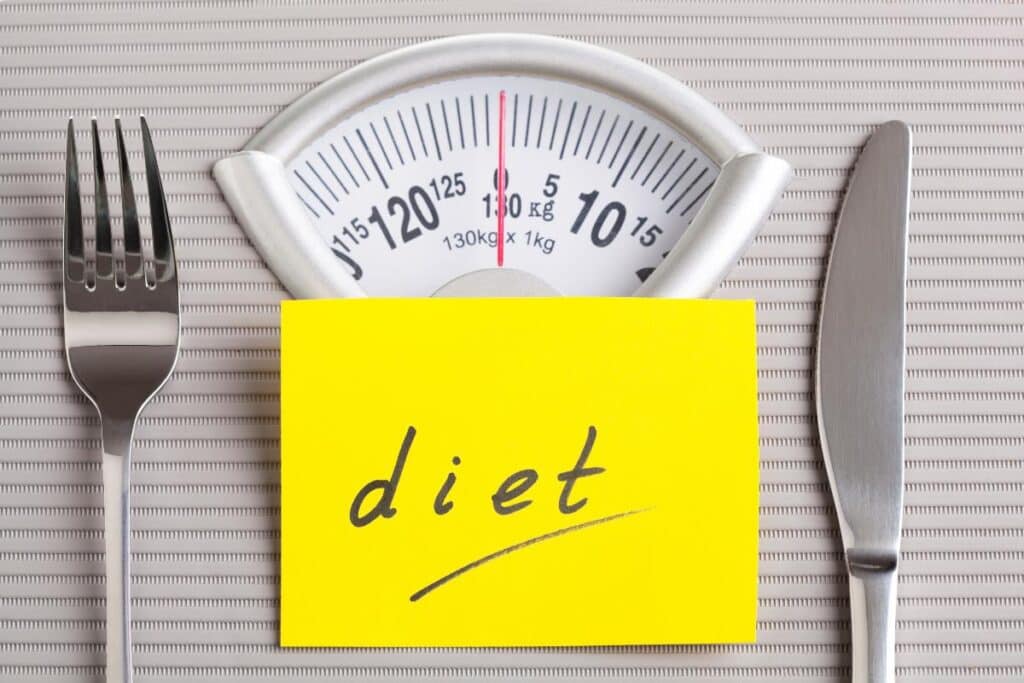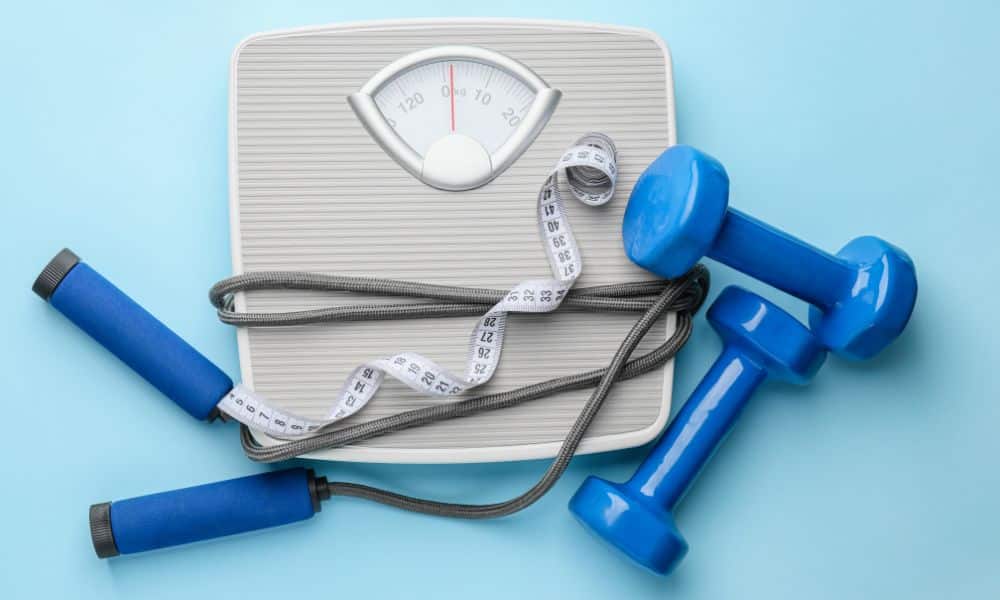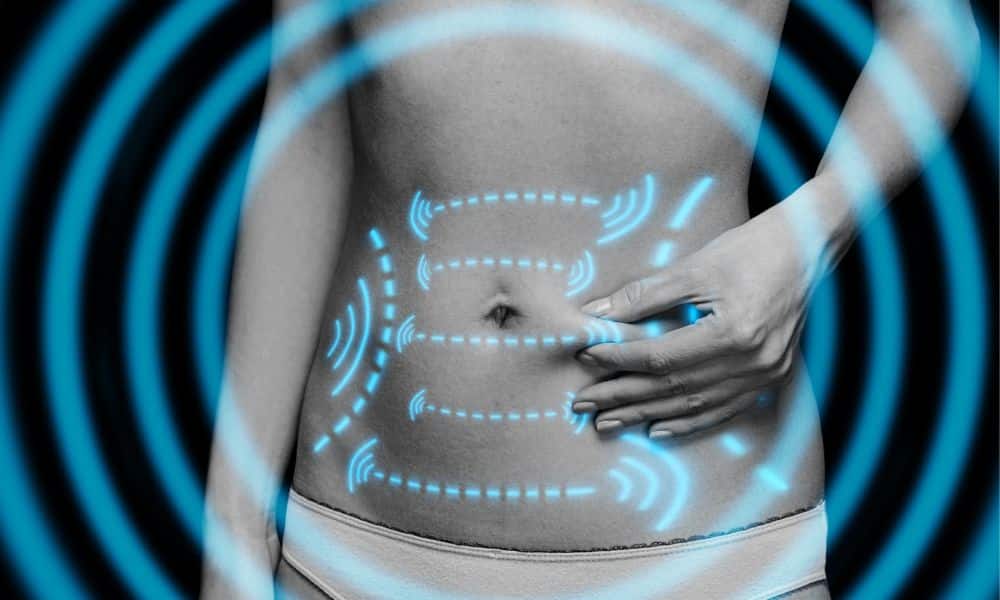Determining the best diet approach for you can be daunting with the abundance of information available. However, finding the proper diet can be achieved by carefully considering your personal goals, lifestyle, preferences, and overall health. By taking a holistic approach and seeking guidance from a healthcare professional, you can create a sustainable and effective diet plan that works for you.
Selecting the Right Approach
While selecting the right diet approach comes down to personal preferences, some simple yet effective steps should be incorporated into any diet approach. The most critical factors for dieting are compliance and consistency, which comes with a diet you like and approve of.
In addition, you will need to adopt SMART goals that are specific, measurable, attainable, relevant, and time specific. Therefore, know how much weight you want to lose and how long you want to diet.
You must use 3500 to convert calories to pounds and vice versa. Thus if you want to lose 30 pounds, that will be 105,000 (30 x 3500) calories. For a 5-month weight loss plan, you must lose 105,000 / 5 = 21,000 calories or 6 pounds each month (21,000/3500). A granular approach keeps you on track and guarantees you achieve your weight loss goal.
Continuous Diet Approach
Continuous dieting is following a restrictive eating plan for an extended period. This can be done for various reasons, such as weight loss, weight maintenance, or improved health.
There are several potential benefits to continuous dieting. For example, it can help people lose weight and keep it off. It can also improve blood sugar control, reduce the risk of heart disease, and lower blood pressure. In addition, some studies have shown that continuous dieting may even help to extend lifespan.
However, there are also some potential disadvantages to continuous dieting. For example, sticking to a restrictive eating plan for an extended period can be difficult. This can lead to feelings of deprivation, hunger, and fatigue. In addition, continuous dieting can disrupt the body’s natural eating patterns, making it more difficult to lose weight in the long term.
Ultimately, the decision of whether or not to follow a continuous diet is a personal one. There are potential benefits and risks to consider, and the best approach for each individual will vary.
Refeed Diet Approach
Refeed dieting is a method of weight loss that involves alternating between periods of calorie restriction and increased calorie intake. The goal is to help the body burn fat and preserve muscle mass.
There are several potential benefits to refeed dieting approach. For example, it can help to:
- Increase metabolism
- Boost energy levels
- Improve athletic performance
- Promote weight loss
- Preserve muscle mass
However, there are also some potential disadvantages to the refeed dieting approach. For example, it can be:
- Difficult to stick to
- Lead to weight gain if not done correctly
- Increase the risk of nutrient deficiencies
- Trigger overeating
Following these tips, the refeed diet approach can be a safe and effective way to lose weight and improve your health.
Diet Break Approach
The dieting break approach is a weight loss method that involves following a strict diet for a period of time, then taking a break from the diet and eating normally for a period of time. This approach is based on the idea that it is easier to stick to a strict diet if you know you will eventually have a break from it.
There are several potential benefits to the dieting break approach. For example, it can help to:
- Increase compliance with the diet
- Reduce the risk of burnout
- Prevent weight regain
- Improve mental and emotional health
However, there are also some potential disadvantages to the dieting break approach. For example, it can be:
- Difficult to stick to the diet consistently
- Lead to weight regain if the breaks are too long or too frequent
- Increase the risk of nutrient deficiencies
- Trigger overeating
Following these tips, the dieting break approach can be a safe and effective way to lose weight and improve your health.
The Last Word on Selecting the Right Diet
Here are some additional things to consider when deciding whether or not to follow a diet approach:
- Your overall health and fitness goals
- Your current eating habits and lifestyle
- Your history of dieting and weight loss
- Your mental and emotional state
- Your support system
If you are considering following a continuous diet, you must talk to your doctor or a registered dietitian to ensure it is the right choice.
Ultimately, the decision of whether or not to try the diet approach is a personal one. There are potential benefits and risks to consider, and the best approach for each individual will vary.
Here are some tips for using the diet approach safely and effectively:
- Start by talking to your doctor or a registered dietitian. They can help you create a safe and effective plan for you.
- Make sure to get enough protein. Protein is essential for building and maintaining muscle mass.
- Choose healthy foods during your diet days. Avoid processed foods, sugary drinks, and excessive saturated and unhealthy fats.
- Listen to your body. If you feel too full or uncomfortable, stop eating.
- Don’t overdo it on your break days. Aim for a 20-30% increase in calories, not more.
- Make sure to get enough sleep. Sleep is essential for muscle recovery and overall health.
- Be patient. It takes time to see results with the dieting break approach. Don’t get discouraged if you don’t see results immediately.
If you are on a weight loss journey, share this article on Facebook or Twitter to help others learn more about losing weight.




